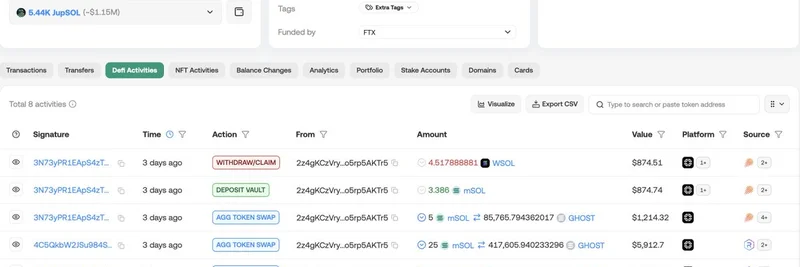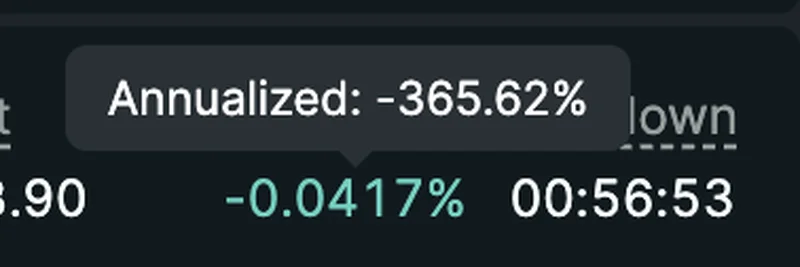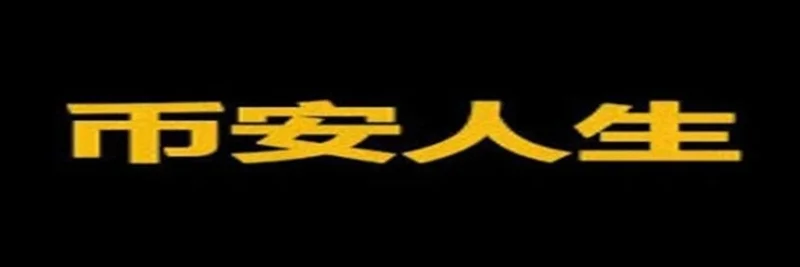In the fast-evolving world of blockchain cryptography, a new development is making waves. Researchers have just dropped a simpler proof for the soundness of the FRI protocol, a cornerstone in many zero-knowledge proof systems. This comes from a collaboration between Albert Garreta from Nethermind Research, Nicolas Mohnblatt from zkSecurity, and Benedikt Wagner from the Ethereum Foundation. If you're into blockchain tech or even dabbling in meme tokens, understanding this could give you an edge on how secure and efficient these systems are becoming.
Let's break it down. FRI, which stands for Fast Reed-Solomon Interactive Oracle Proofs of Proximity, is a protocol used in SNARKs (Succinct Non-interactive ARguments of Knowledge). SNARKs are like magic spells in blockchain—they let you prove something is true without revealing the details, which is crucial for privacy and scalability in things like Ethereum rollups. Meme tokens, those viral coins built on hype and community, often run on these scalable chains, so advancements here mean faster, cheaper transactions without sacrificing security.
The buzz started with a thread on X from Nico (@nico_mnbl), announcing the publication. He highlighted how this work simplifies the security analysis of FRI's round-by-round (RBR) soundness. Soundness basically means the protocol catches cheaters—if someone tries to fake a proof, it'll get rejected with high probability.
Albert Garreta chimed in with a quote tweet, praising the collaboration and urging folks to check out Nico's blog post. The paper, titled "A Simplified Round-by-round Soundness Proof of FRI," is available on ePrint. The abstract notes that while FRI's concrete security is solid, previous proofs were complex. This new version makes it easier for a wider audience to grasp, potentially paving the way for formal verifications of SNARK constructions.
Nico's blog post dives deeper with a fun analogy: explaining FRI's security using graph coloring. Imagine the prover's messages as a graph where nodes are evaluation points, and edges connect related points across layers of the protocol. The verifier "colors" paths red if they're inconsistent (leading to rejection) or green if they're good. The key is that if too many paths are red, the whole thing falls apart for the dishonest prover. If mostly green, it means the original function is close to a valid Reed-Solomon codeword—a type of error-correcting code used in FRI.
The blog outlines a key property of the "Fold" operation in FRI, which reduces the problem size each round. There's an ideal property they'd love, but they prove a relaxed version that still ensures security. They discuss bounds like (\mathsf{B}^\star = \frac{1+\rho}{2}) (where (\rho) is the code rate), with ongoing work to tighten it to (\sqrt{\rho}) or even (\rho), which could lead to shorter proofs and less computation—big wins for blockchain apps.
This research stemmed from needing stronger FRI properties for other projects and was motivated by the recent Ethereum Foundation Proofs, Arguments, and Zero-Knowledge (PQ) workshop in Cambridge. Nico ends with an open challenge: proving Mutual Correlated Agreement (MCA) up to the capacity bound, hinting at more exciting developments ahead.
For meme token enthusiasts, this might seem technical, but it's foundational. Better SNARKs mean more efficient layer-2 solutions, where many meme coins thrive. Think faster trades, lower fees, and stronger privacy for your favorite dog-themed tokens. If you're building or investing in the space, keeping an eye on these crypto primitives can help you stay ahead.
Check out the full thread for more details, and dive into the paper or blog if you're ready to level up your zk knowledge. What's your take—will this simplify formal verifications and boost adoption?




